Humans are constantly searching for and creating new materials with superior properties, including the “frozen gas” Aerogel. According to recent scientific reports, Aerogel could potentially be the super material of the future.
Creating a new material lighter than Aerogel and 10,000 times stronger
According to the latest scientific news from researchers, the super material Aerogel, with its outstanding properties, is likely to become a promising material with many applications in the future.
What is Aerogel?
Aerogel, also known as Alcogel, is made from silica gel (SiO2) and alcohol. Simply put, by evaporating alcohol from silica gel, an Aerogel structure is created, similar to blowing air through a wet sponge, causing it to dry out. However, in reality, this process would never happen naturally. Instead of relying solely on evaporation, Aerogel is created through the following steps:
Initially, a gel environment needs to be created at a temperature and pressure that reach the critical point—where there is little difference between liquid and gas. Next, while maintaining the temperature at the critical point, the pressure is gradually reduced. As the pressure decreases, molecules are released in gas and liquid forms with a density that is not too dense.
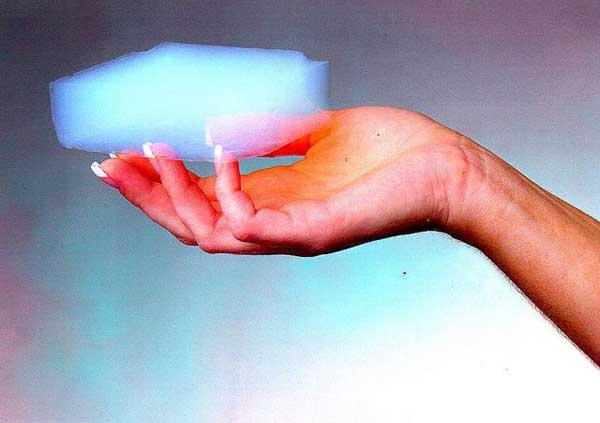 Latest scientific news shows the potential of this super material for the future
Latest scientific news shows the potential of this super material for the future
The next step is cooling. Before cooling, a small amount of alcohol will condense into a liquid, which is then converted back into vapor as initially. What remains is a solid silica substance, but instead of being in liquid form, it is filled with air. The product obtained at this stage can be referred to as Alcogel. Alcogel, after the alcohol is removed, is called Aerogel (where the alcohol has been replaced by gas).
Development History
In fact, Aerogel was discovered in the early 1930s. However, during the 1970s, more focus was placed on rubber and plastics, causing Aerogel to be nearly forgotten until it gained renewed interest recently. Thanks to its exceptional thermal and acoustic insulation capabilities, in 1997, Aerogel was adopted by NASA (the National Aeronautics and Space Administration). They used this material to coat the “Sojourner” spacecraft to prevent the harsh cold temperatures on Mars. On Earth, Aerogel is being researched for use in creating insulated windows.
Properties
Aerogel is often mentioned for its impressive material properties that no other material possesses.
Aerogel is a material with many fascinating properties: First, Aerogel is the lightest, strongest, best insulating material, and has the lowest density of any known substance. It is so light that it can rest on a flower. A volume of 1 cubic inch (about 16.3 ml) can be spread thin enough to cover an entire football field.
To date, it still holds the record for being the material with the lowest bulk density, the lowest average free diffusion path, the highest surface area, and the lowest dielectric constant.
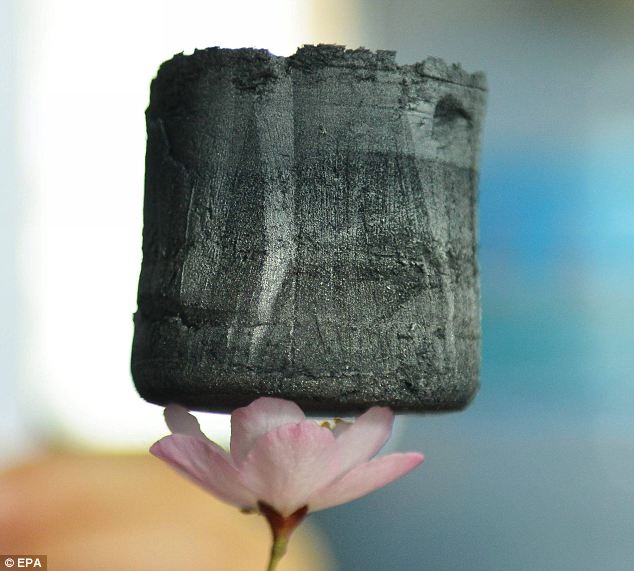 Recent scientific reports have published the special properties of Aerogel
Recent scientific reports have published the special properties of Aerogel
Aerogel is a form of “gas mixed with solid”, with about 90% of its volume being air, making it only three times heavier than air and up to 1,000 times lighter than glass. Although it is primarily gas, Aerogel can support weights ranging from 500 to 4,000 times its own weight.
Aerogel also has the ability to allow air to pass through, is fire-resistant, and can absorb both oil and water. It can withstand temperatures of up to 1,200 degrees Celsius.
It also allows air to pass through, is fire-resistant, and can absorb both oil and water. Moreover, Aerogel can act as both a conductor and the best insulator ever when mixed with certain other materials.
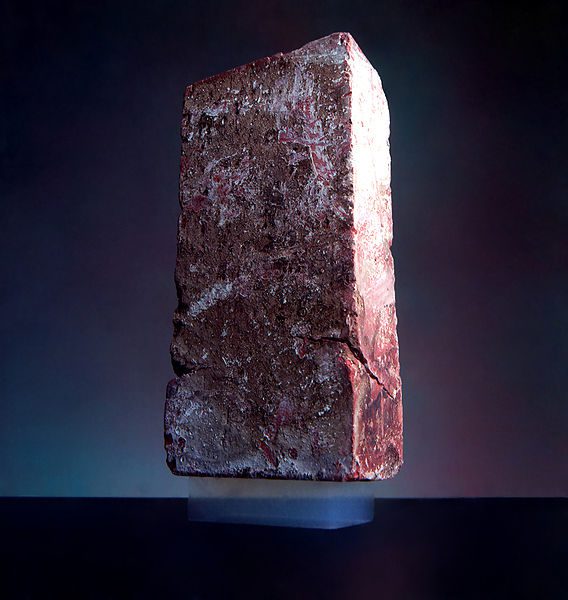 Recent scientific news has consistently focused on the unique properties of Aerogel
Recent scientific news has consistently focused on the unique properties of Aerogel
The three most common types of Aerogel today are silica, carbon, and metal oxides. The weakness of Aerogel is its brittleness, especially when made from silica. However, scientists at NASA have experimented with polymer-based materials, applying its insulating properties for spacecraft. Adding other compounds to the basic Aerogel can make it more flexible.
Applications
With its extraordinary capabilities, Aerogel truly deserves the title of “the best material on the planet.” With so many superior features, Aerogel can be applied in various fields, enabling humans to achieve things that were previously impossible with other materials. Due to its unique structure, Aerogel is also used as the most resilient insulating material on Earth.
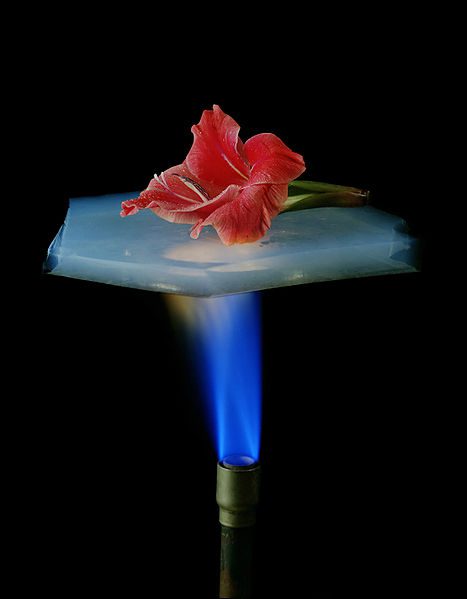 Foreign scientific journals always highlight the application potential of Aerogel
Foreign scientific journals always highlight the application potential of Aerogel
Super insulating suits made using Aerogel structure can completely resist three forms of heat transfer: convection, conduction, and radiation. The most significant and widespread application of Aerogel today is in the aerospace industry. From the insulating materials of Mars spacecraft to dust filters emitted from comets.
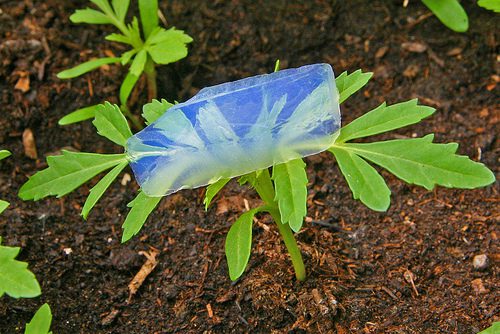 Applications of Aerogel can come from all areas of life, especially in space technology
Applications of Aerogel can come from all areas of life, especially in space technology
In addition, NASA has also used Aerogel to make windows, protective shells for exploration vehicles like Mars Pathfinder, Mars Exploration Rovers, and Stardust; creating thermal clothing for astronauts; making aircraft shells… Additionally, Aerogel could promote green technology worldwide. Carbon Aerogel has great potential in supercapacitors and batteries for electric vehicles…
The handbag from Coperni Air Swipe fashion brand made from Aerogel material first appeared in the Fall/Winter 2024 collection at Paris Fashion Week and quickly became a hot topic in the fashion world due to its extraordinary properties.
In 2019, artisans at the London-based studio Bompass & Parr also used Aerogel technology to create the lightest dessert in the world, consisting of 96% air and weighing just 1 gram. NASA has also researched various types of Aerogel for application in the aerospace field. They developed polymer-reinforced Aerogel, enhancing the material’s durability, making it foldable and dust-resistant. As a result, polymer Aerogel has become an ideal material for use in vacuum environments, specifically for refrigeration or making spacesuits for space exploration, as well as in situations affected by various gravitational forces. |



















































